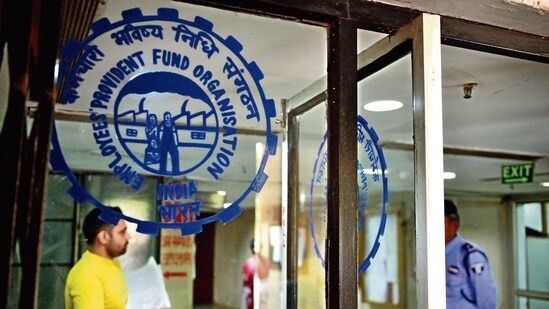The Employees’ Provident Fund Organisation (EPFO) has rolled out its biggest reform in years to pushback against new withdrawal limits and requirement for a minimum balance.
The EPFO board has approved a proposal that allows members to withdraw up to 100% of their “eligible balance” for specific needs, while mandating that at least 25% of the corpus remains untouched in the EPF account. The final settlement period for members seeking to withdraw their entire PF corpus post-job loss has been extended to 12 months, from two earlier. For the pension fund under EPS, the waiting period is now 36 months.
The idea behind EPFO’s new rules is to make the provident-fund access more flexible, streamline digital operations, and discourage premature withdrawals that could erode retirement savings.
Against that backdrop, here’s a detailed explainer of what’s changed for more than 7 crore EPF subscribers—and what it means for your retirement savings.
PF Withdrawal Limits
What’s new: Members can now withdraw up to 100% of their “eligible balance”—employee + employer contributions—for certain purposes.
However, a minimum balance of 25% of the EPF corpus must remain in the account at all times. In practice, this means you can withdraw up to 75% of the total balance. The 25% “floor” is intended to preserve a baseline retirement corpus that will continue earning interest.
What’s old: Under the older regime, withdrawals were segmented by purpose (education, housing, marriage, illness) with different eligibility norms and ceilings. The number of permissible partial withdrawals was also low and tied to each purpose.
Key takeaways for EPF subscribers
1. Greater flexibility, but with safeguards: Members can access more of their savings, but a 25% floor ensures long-term corpus safety.
2. Longer waiting period for full withdrawals: The 12-month (EPF) and 36-month (EPS) rules discourage premature liquidation and help maintain retirement discipline.
3. Simplified categories, fewer documents: The consolidation of 13 types of withdrawals into three reduces red tape and speeds up processing.
4. Digital-first approach: From “Passbook Lite” to Aadhaar-based transfers and face authentication, EPFO 3.0 focuses on self-service and automation.
5. Employer approval no longer needed: PF transfers will now happen automatically when you switch jobs, provided UAN and Aadhaar are linked.
6. Faster claim settlements: The increased ₹5-lakh auto-settlement threshold means faster processing for most small withdrawals.
7. Aadhaar linkage is key: Many of the new digital features, including automatic transfers and profile updates, require Aadhaar-linked UANs.
Why these EPFO rule changes?
The idea is to balance “ease of access” with “financial prudence”.
“Members will have quicker access to their funds when genuinely needed, but safeguards will ensure long-term savings aren’t depleted,” an EPFO official told The Economic Times during the board announcement.
The government also intends to reduce litigation and grievances through simplification and digital verification—part of the broader EPFO Vishwas Scheme launched to settle long-pending disputes and unclaimed accounts, according to the PIB.
What you should do now
1. Link Aadhaar with UAN: This is now essential for automatic transfers and digital profile updates.
2. Avoid premature withdrawals: The EPFO member must wait 12 months for full settlement if unemployed.
3. Use the unified portal: Passbook Lite and UMANG app provide quick access and verification.
4. Check minimum balance: Ensure the 25% mandatory balance remains intact after a partial or “full” withdrawal.
5. Update KYC details early: Especially for older accounts created before October 2017.
EPFO’s new rules, dubbed ‘EPFO 3.0,’, represents one of the biggest overhauls in decades. It introduces flexibility while tightening long-term safety nets, moving the organisation closer to a self-service, digital-first model.
The retirement and pension fund is trying to modernise its systems while retaining the sanctity of retirement savings.
For millions of salaried employees, EPFO’s new rules mean faster access, fewer forms, and a lot more accountability—but also a reminder that provident funds are for the long haul.
